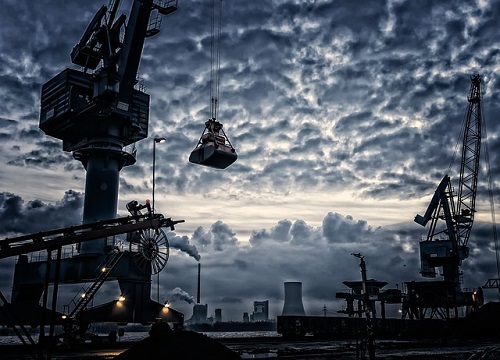The U.S.-China Trade War has been getting coverage from major outlets for the past year. This coverage is well-founded, but it is just a part of China’s larger economic strategy to establish itself as the world’s largest economy. The tariffs and trade war will pass, but the Belt and Road Initiative (BRI) is a Chinese plan for the coming century.
The Chinese dynastic system lasted for thousands of years and eventually collapsed in the early twentieth century as communism took hold. During their long history, China has enjoyed periods of extreme economic success, most notably during the expansion of the Silk Road.
For hundreds of years, the Silk Road (which included sea trading routes) was a driving force for connecting economies across Eurasia. During this time the Han Dynasty of China grew extremely wealthy and powerful. With this memory of the past, China is looking to establish a new Silk Road for this century.
What is the Belt and Road Initiative?
Originally announced in 2013 by Chinese President Xi Jinping as the “The Silk Road Economic Belt and The 21st Century Maritime Silk Road,” the project has been given the nickname the Belt and Road Initiative (BRI).
In short, the BRI is the largest infrastructure project in human history. The plan is to create new shipping routes, ports, train lines and roads across Eurasia and into parts of Africa. If the plan comes to fruition, it is not an overstatement to claim that it will entirely reshape the way global trade is conducted.
Source: China Power, Interactive BRI Map
Even if the BRI is not happening on American soil, this impacts American interests abroad and has massive implications for the economy. The BRI is projected to impact the lives of over 4 billion people, which is well over half of the world’s population.
Many of the countries targeted for this development are poor. Countries like Yemen, Myanmar, the Philippines and Iran have all been dealing with conflict and violence, and they’re all in line for BRI development. Critics find this effort exploitative, especially with high interest loans for poor nations. Ethical questions aside, it is it obvious that China is interested in establishing itself economically in places America is not.
Relevance in Reporting
All business reporters should be aware of such a massive infrastructure plan in our globalized world. Even if this has not impacted your reporting yet, the BRI will surely ripple through to all business reporters one day soon.
BRI projects are already underway, and the effects of the project are there if you know where to look. How is your region impacted by international trade? Does a local company source material or manufacture products abroad? What ties does the community have to one of the affected BRI nations? Given that the BRI will affect the home countries of half the world’s population, a connection exists in your community.
Ultimately, the BRI is China’s best hope to overtake America as the world’s most dominant economy. This will affect the ways that American consumers get products from abroad, the ways American companies operate and how international relations function across the globe. The current tariffs and trade war we face are likely short term, but the implications of the BRI could last a generation.
Further Reading:
The National Development and Reform Commission, 2017: Full text of President Xi’s speech at opening of Belt and Road forum
The National Development and Reform Commission, 2017: Visions and Actions
The Council on Foreign Relations, China’s Massive Belt and Road Initiative
The Council on Foreign Relations, Belt and Road Interactive Map
The World Bank, Belt and Road Initiative











